Mixed martial arts (MMA) is a sport that combines multiple disciplines, including boxing, grappling, and striking. While some MMA fighters may have a background in boxing, there are several reasons why MMA fighters may struggle with pure boxing. Some of them may not be as obvious as you think.
Footwork

Footwork is a critical component of boxing, requiring a lot of practice and skill to develop. In boxing, fighters need to maintain a stable and balanced stance and be able to move around the ring in a controlled and precise manner.
This requires a lot of coordination, agility, and a deep understanding of the different types of footwork used in boxing. Several types of footwork are used in boxing, including the step-and-slide, the pivot, and the shuffle.
Each type of footwork has its own specific purpose and can be used to create openings for punches or to avoid an opponent’s attacks. For example, the step-and-slide is often used to move laterally around the ring, while the pivot is used to turn and face an opponent.
The shuffle is used to move forward and backward and can be used to control the distance between fighters. Many of these types of footwork simply wouldn’t work in MMA due to kicks and various grappling techniques being allowed, which counter the use of this type of footwork.
Stance

The stance is the foundation of a boxer’s movement and power. A proper stance is essential in boxing for maintaining balance and generating power for punches. Boxers adopt a narrow and balanced stance, with their feet shoulder-width apart and their weight distributed evenly between both legs.
This stance provides stability and allows boxers to move quickly and efficiently around the ring. The proper stance also helps boxers to protect themselves from punches. Boxers keep their hands high, close to their face, with their elbows tucked in.
This helps to protect the head and face and makes it more difficult for an opponent to land punches. The stance is also designed to make it easier for boxers to throw punches with power and accuracy. Boxers can also often use a very wide stance which would be less preferable for MMA fighters since it would make them susceptible to leg kicks.
Hand Placement

Hand placement is an essential part of the boxing technique. In boxing, fighters keep their hands high, close to their face, with their elbows tucked in. This is known as the “guard” position, and it helps to protect the head and face from punches.
Boxers also need to be able to move their hands quickly and efficiently to throw punches and defend against their opponent’s attacks. In MMA, fighters often keep their hands lower to defend against takedowns and grappling techniques.
This can make it more difficult for MMA fighters to adjust to the hand placement requirements of boxing. Additionally, in boxing, fighters must be able to move their hands quickly and efficiently to throw punches and defend against their opponent’s attacks.
Boxers also have the advantage of using larger boxing gloves which they can use to shell up and divert punches more easily than MMA fighters can with their smaller MMA gloves.
Defense

Defense is a crucial component of boxing. In boxing, fighters need to be able to avoid their opponent’s punches by using a variety of defensive techniques. These can include slipping, weaving, blocking, and parrying.
A skilled boxer can use these techniques to avoid their opponent’s punches while simultaneously looking for opportunities to counter-attack. In MMA, the defensive techniques used often differ from those used in boxing.
In MMA, fighters must defend against various attacks, including kicks, takedowns, and submissions. This can make it more difficult for MMA fighters to adapt their defensive skills to the more limited range of attacks used in boxing.
While a boxer might use his opponent’s jab to counterpunch, an MMA fighter might use it to go for the takedown.
Punching Power
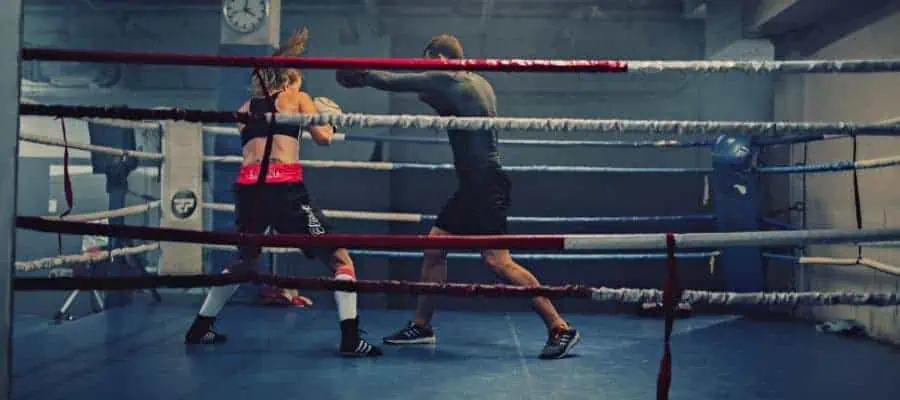
Punching power is a critical component of boxing. Boxers need to be able to generate a lot of power in their punches to be effective in the ring. This requires a combination of technical skills, physical strength, and conditioning.
Boxers need to be able to deliver punches with precision and accuracy, and they need to be able to do so with speed and force. In MMA, fighters may have a wider range of striking techniques available to them, including kicks, knees, and elbows.
However, this can mean that their punching technique may not be as specialized as that of a professional boxer. MMA fighters may need to spend more time practicing and refining their punching technique to be effective in a boxing match.
Boxers generate power in their punches through a combination of technique and physical conditioning. Boxers must deeply understand punching mechanics, including properly using their hips, shoulders, and feet to generate power.
Boxers also need strong muscles in their arms, shoulders, and core, allowing them to deliver punches with force and accuracy. I am not saying that MMA fighters aren’t powerful punchers, far from it, but they don’t only specialize in punching as the boxers do.
Head Movement

Head movement is a critical component of the boxing technique. In boxing, fighters need to be able to move their head to avoid punches and create openings for their own attacks. Head movement involves a combination of slipping, weaving, and bobbing and can be used to avoid punches from all angles.
Head movement is often neglected in MMA, where the focus is more on grappling and clinching techniques. This can make it more difficult for MMA fighters to adapt to the head movement requirements of boxing.
Boxers need to be able to move their head quickly and efficiently to avoid punches and maintain their balance and footwork. MMA fighters must also be careful how they slip punches since a jab can set up a high kick like Leon Edwards did to Usman.
Ring Control
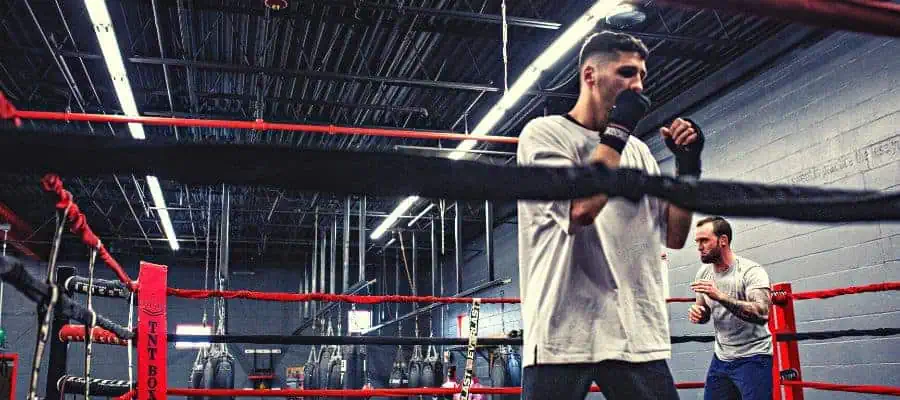
Ring control is an essential part of boxing. In boxing, fighters need to be able to control the center of the ring and limit their opponent’s movement. This requires a combination of footwork, ring awareness, and strategic thinking.
In MMA, fighters are often more focused on moving around the entire octagon and creating openings for takedowns or strikes. This can make it more difficult for MMA fighters to adapt to the more limited space of the boxing ring. In boxing, fighters need to be able to control the center of the ring, maintain their balance and footwork, and strategically move their opponent around the ring.
Distance Management
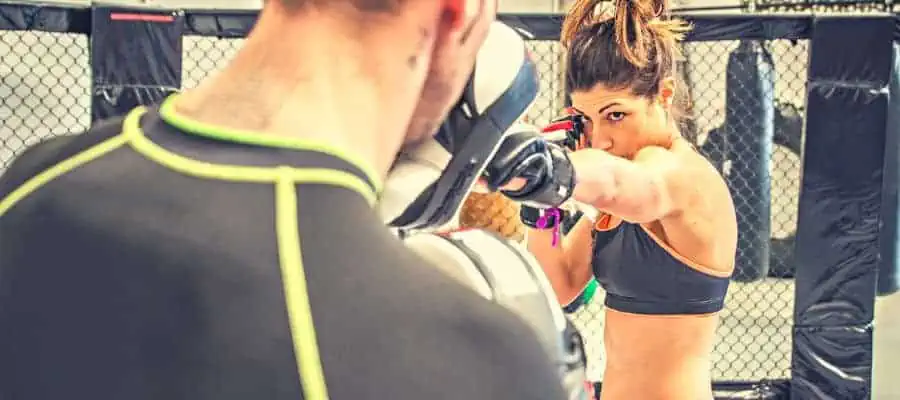
Distance management is a critical part of boxing. Boxers need to be able to maintain a certain distance from their opponent to be able to land punches effectively. This requires a combination of footwork, positioning, and timing.
In MMA, fighters may be more accustomed to fighting at various ranges, including close, mid, and long ranges. This can make it more difficult for MMA fighters to adapt to the more limited range of attacks used in boxing. It all depends on the MMA fighter’s type and preferred fighting technique.
Boxers need to be able to control the distance between themselves and their opponent while also adjusting their footwork and positioning to maintain that distance.
Boxing-Specific Training
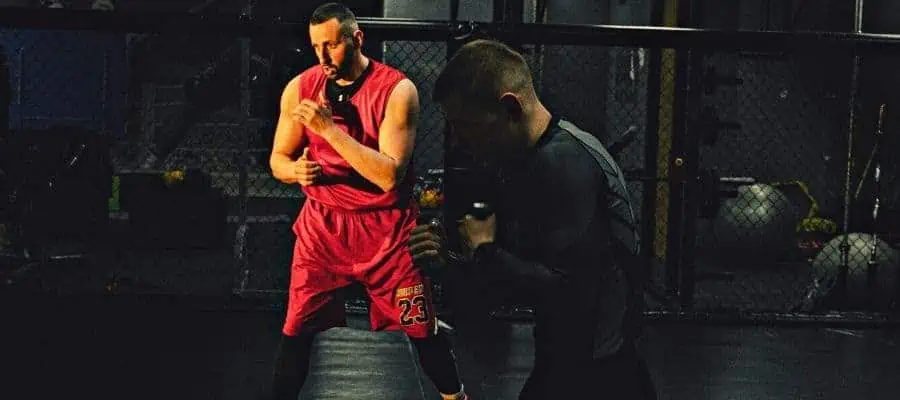
Boxing requires a different type of training regimen than MMA. Boxers need to spend significant time practicing and refining their punching technique, footwork, and head movement. They also need to develop specific muscles for generating punching power and endurance.
In MMA, fighters are trained to be well-rounded in all fighting areas, including striking, grappling, and wrestling. This can mean that MMA fighters may have had a different level of specialized training in boxing-specific skills than professional boxers have. Boxers must be able to deliver punches with precision and accuracy while maintaining their footwork and head movement.
Rules
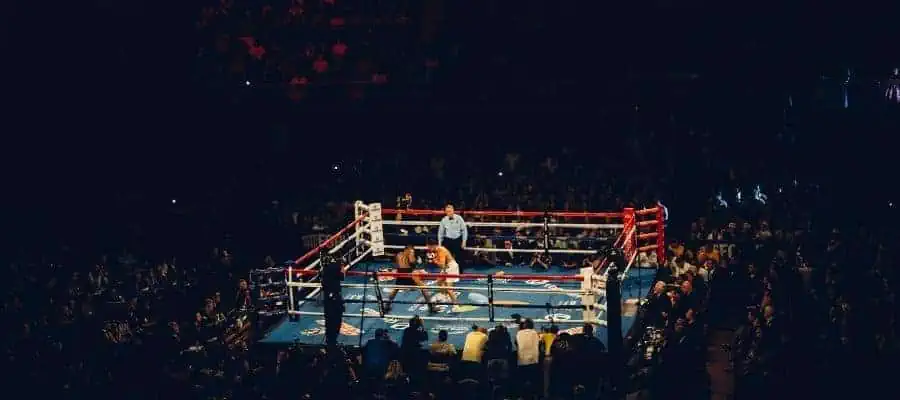
The rules of boxing are different from the rules of MMA. In boxing, fighters are only allowed to use punches, and there are strict rules about where those punches can land. This can make it more difficult for MMA fighters to adjust their fighting style to adhere to boxing rules.
In addition to the rules about punching, there are other rules in boxing that MMA fighters may need to be more accustomed to. For example, there are rules about how many seconds a fighter has to get up after being knocked down, and there are rules about how the referee can intervene in the fight. Boxers need to be able to adapt their fighting style to the specific rules of the match.
Mental Focus

Boxing requires a high level of mental focus and discipline. Boxers need to be able to maintain their concentration and composure throughout the fight while also thinking strategically about their approach to the match. This requires a combination of mental toughness, focus, and discipline.
In MMA, fighters may be used to a more unpredictable and varied environment, where they need to be able to adjust their approach on the fly. This can make it more difficult for MMA fighters to adjust to the mental demands of a boxing match, where they need to maintain their focus and composure over a longer period.
Both boxers and MMA fighters need to be able to maintain their mental focus throughout the match, even when they are tired or facing adversity. They need to be able to think strategically about their approach to the match, and they need to be able to adjust their tactics as the match progresses.
Ring Experience
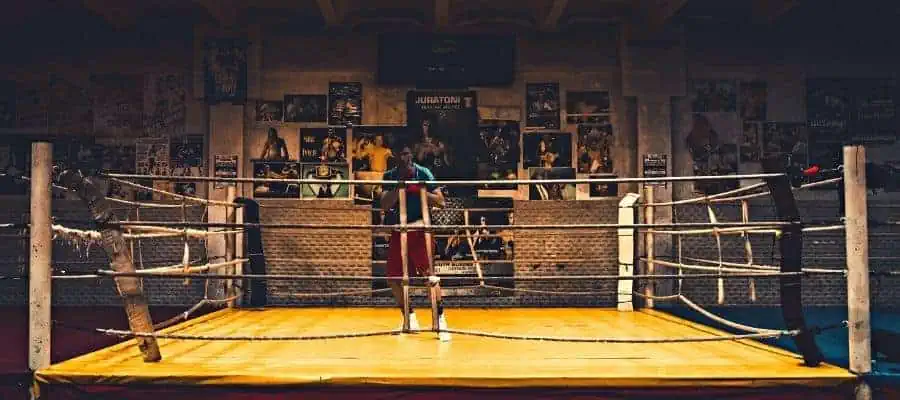
Ring experience is an important factor in boxing. Professional boxers have typically had many years of experience fighting in the ring, which can help them adapt to the environment’s specific nuances. This includes factors such as the ring’s size and shape, the ropes’ positioning, and the impact that these factors can have on the flow of the fight.
In MMA, fighters may have less experience fighting in a boxing ring than professional boxers do. This lack of experience can make it more difficult for MMA fighters to adjust to the ring’s specific nuances and can disadvantage them in a boxing match.
Boxers need to be able to adapt to the specific environment of the ring while also maintaining their focus and composure. They need to be able to use the ring to their advantage while also being aware of their opponent’s movements and positioning.
Conditioning

Boxing requires a different type of physical conditioning than MMA. Boxers need to be able to maintain their endurance and energy levels for a longer period, as boxing matches can last for up to twelve rounds. This requires a combination of aerobic and anaerobic conditioning and strength training.
In MMA, fighters may be more accustomed to fighting longer rounds but much fewer of them, making it more difficult for them to adjust to the many rounds of a boxing match. Boxers need to be able to maintain their energy levels and focus throughout the match, even when they are tired or facing adversity.
Lack of Specialization
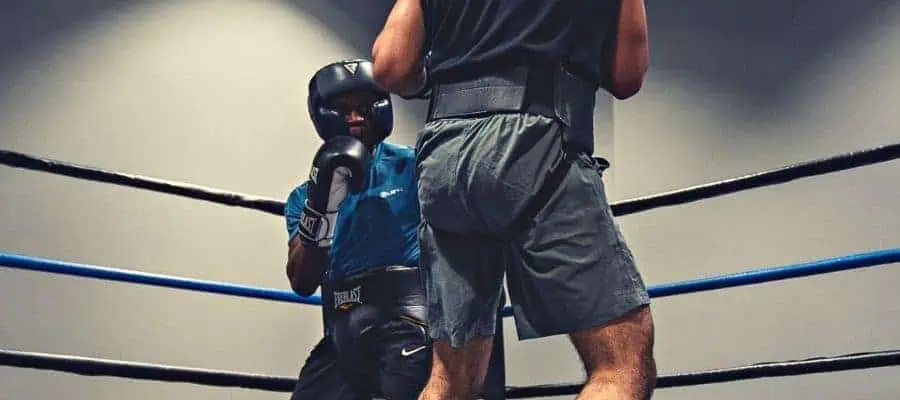
MMA fighters are trained to be well-rounded in all fighting areas, including striking, grappling, and wrestling. This can mean that MMA fighters may have had a different level of specialized training in boxing-specific skills than professional boxers have.
Boxers must be able to deliver punches with precision and accuracy while maintaining their footwork and head movement. They need to have a deep understanding of punching mechanics and be able to generate power in their punches through a combination of technical skill, physical strength, and conditioning.
MMA fighters, on the other hand, need to focus on boxing, proper kicking techniques, wrestling, judo throws, BJJ, and more!
Scoring System

The scoring system in boxing is different from the scoring system in MMA. In boxing, fights are scored based on the number of punches landed, the power of those punches, and the effectiveness of the boxer’s defense. This can make it more difficult for MMA fighters to adjust to the specific criteria used for scoring in a boxing match.
Boxers need to be able to adjust their fighting style to adhere to the specific scoring criteria used in boxing. Even though the scoring system in MMA isn’t perfect, it is still quite specific compared to boxing. Damage, takedowns, takedown defense, and upper position are all considered as the match progresses.
Conclusion
In conclusion, there are several reasons why MMA fighters may struggle with boxing, with basically all of them coming down to sport specialization. All the factors mentioned above can make it more difficult for MMA fighters to adjust to the specific boxing requirements and can disadvantage them in a boxing match.
Recent Posts
What is Manachai's Fighting Style? Unveiling Muay Thai Mastery
Manachai, a celebrated figure in the Muay Thai world, has captivated audiences with his exemplary martial prowess. Hailing from the heartlands of Thailand, his name is synonymous with the art of...
What Was Chamuekpet Hapalang's Fighting Style? Unveiling Techniques
Chamuekpet Hapalang was a renowned figure in the world of Muay Thai (record 200-48-2), embodying a fusion of Muay Bouk and Muay Khao styles. Originating from Thailand, the art of Muay Thai is known...
